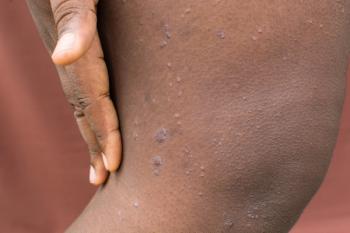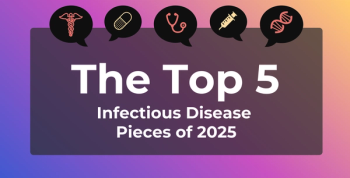
Prevalence of Vitiligo Across Patient Demographics
David Rosmarin, MD, discusses the prevalence and incidence of vitiligo across a diverse patient population.
Episodes in this series

Jeffrey D. Dunn, PharmD, MBA: What’s the incidence and prevalence of this disease state?
David Rosmarin, MD: We don’t know exactly how many people are affected by vitiligo. The estimates range from about 0.5% to 2%. I think 0.5% to 1% is pretty close to accurate, which is over a million patients in the United States with vitiligo. There may be some who are missed in the calculations. That’s why it’s somewhat challenging to know exactly.
It varies; about half of the patients develop vitiligo by the age of 20, and 80% by the age of 30, although there are some people who develop it later in life. Very few people will be born with it. It’s an acquired disease that’s autoimmune in nature, as Dr King mentioned. It affects all genders, races, and ethnicities. We aren’t sure that there are varying prevalences or incidences based on those different subcharacteristics. Everybody can be affected by vitiligo. How it affects somebody’s quality of life may vary greatly depending on the culture and some of the subgroups. But in terms of the incidence and prevalence, we think it’s roughly the same across those different categories and baseline demographics.
Jeffrey D. Dunn, PharmD, MBA: I have a follow-up question. Are there patients who don’t seek treatment for this? Or is this a pretty well addressed disease state, that it’s being addressed if somebody has it?
David Rosmarin, MD: Absolutely. We believe there are many patients who don’t seek care for their disease. They may not know what they have. They may also be misdiagnosed or mischaracterized by their disease. That’s one of the reasons why it’s hard to know the exact incidence and prevalence of vitiligo in the population.
Transcript edited for clarity.
Newsletter
Stay ahead of policy, cost, and value—subscribe to AJMC for expert insights at the intersection of clinical care and health economics.









































